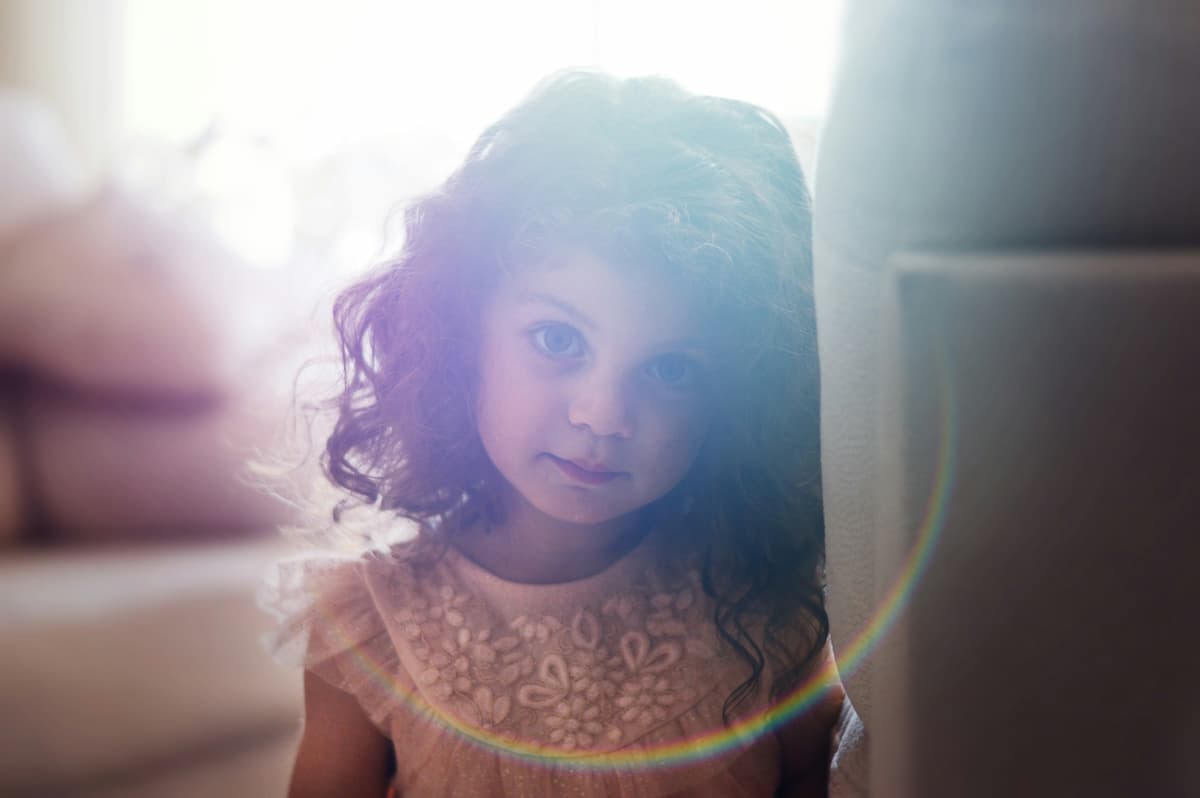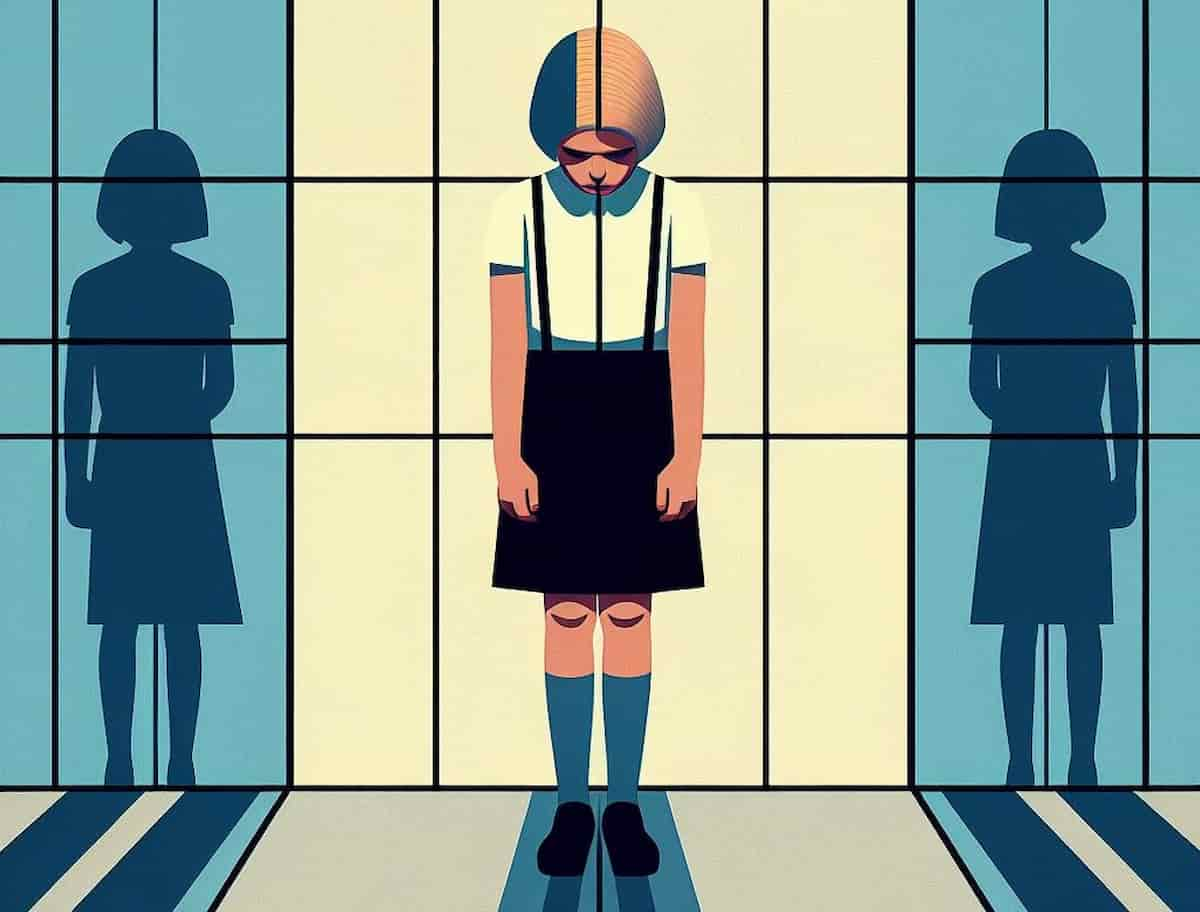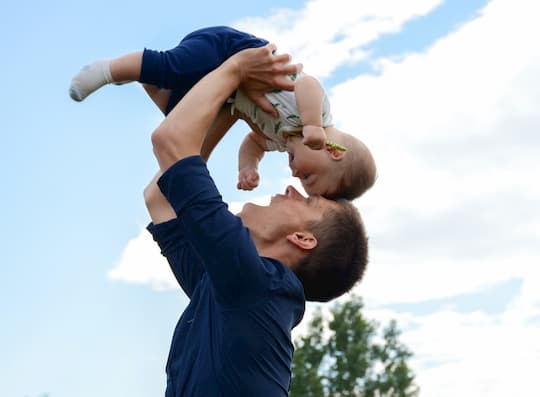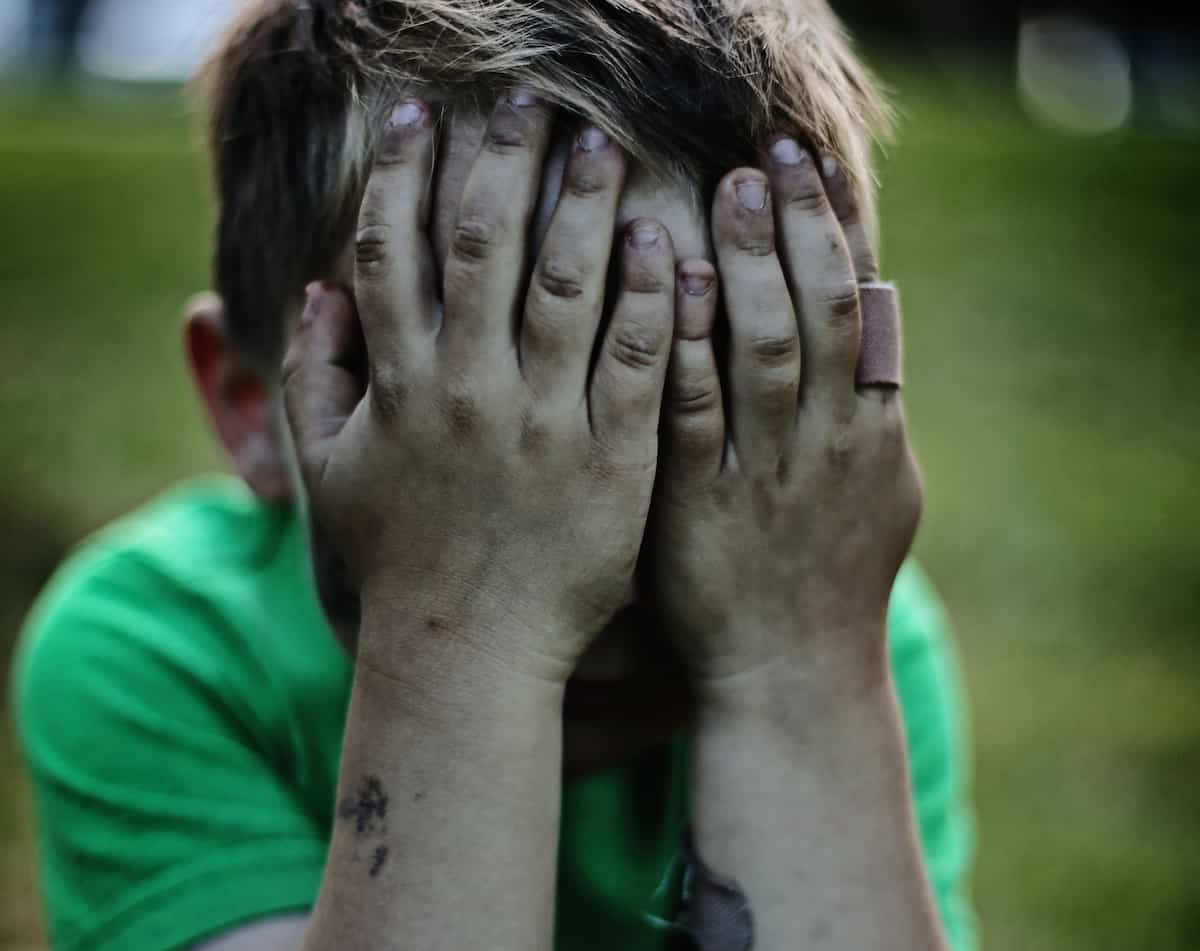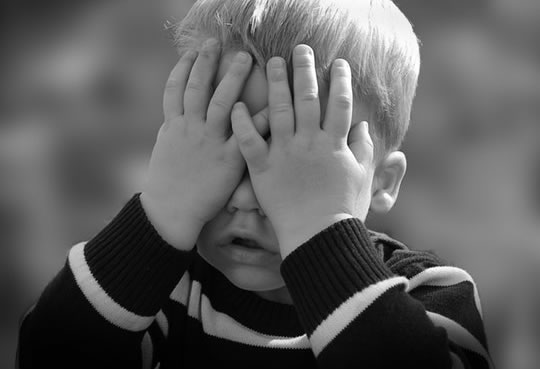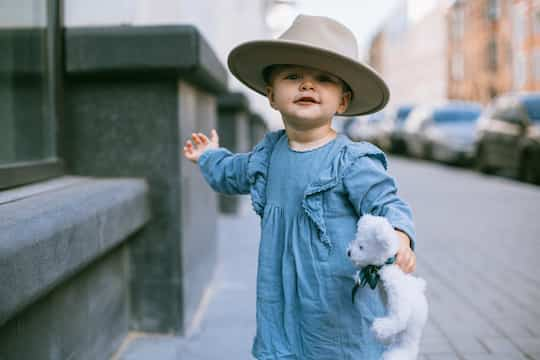Childhood amnesia refers to the inability of adults to recall memories from early childhood, typically before the age of three.
What is childhood amnesia
Childhood amnesia describes the difficulty or inability that most adults face when trying to remember events from their early years.
It primarily affects memories formed during the first three to four years of life, although the boundary can vary slightly for different people.
For many, only fragmented or isolated glimpses of early life remain.
This memory gap has puzzled scientists, psychologists, and philosophers for decades, leading to various explanations and studies.
Causes of childhood amnesia
There are several interconnected factors believed to cause childhood amnesia.
Brain development and neurogenesis
During early childhood, the brain undergoes significant development.
The hippocampus, a key brain structure responsible for memory formation, is still maturing during the first few years of life.
This rapid brain development, particularly neurogenesis—the formation of new neurons—may interfere with the long-term storage of early memories.
While new brain cells enhance learning, they may disrupt older neural pathways that store memories.
Language development
Language plays a crucial role in how we encode and retrieve memories.
Before language fully develops, young children experience events but may lack the ability to describe or organise them verbally.
As adults, memories without verbal structure become harder to retrieve.
This suggests that language acquisition acts as a bridge between early experiences and memory recall.
Self-awareness and identity
Another factor is the development of self-awareness, which occurs around the age of two.
Before this stage, children experience events but may not perceive themselves as distinct individuals within those events.
Without a strong sense of self, memories lack the context and narrative that make them easier to recall later in life.
Early childhood trauma
Traumatic experiences during early childhood can influence memory formation.
In some cases, the brain may suppress distressing memories to protect the child from psychological harm.
This suppression can contribute to gaps in memory, especially for events linked to fear or stress.
Theories of childhood amnesia
Scientists and psychologists have proposed various theories to explain childhood amnesia.
Freud’s repression theory
Sigmund Freud was one of the first to address childhood amnesia.
He believed that early memories, particularly those of a sexual or distressing nature, were actively repressed by the unconscious mind.
According to Freud, this repression serves as a defence mechanism to protect individuals from confronting uncomfortable early experiences.
While Freud’s theory lacks scientific evidence, it set the foundation for modern explorations of memory.
Modern neurobiological theory
Neuroscience offers a more evidence-based explanation for childhood amnesia.
The neurobiological theory highlights the role of the developing hippocampus and neurogenesis in disrupting memory retention.
Brain imaging studies support this theory, showing that memory systems in children operate differently compared to adults.
As the brain matures, the ability to store and recall long-term memories improves, but earlier memories often fade.
Cognitive development theory
Cognitive development theories focus on the relationship between memory and mental processes like language, self-awareness, and social understanding.
Jean Piaget, a renowned developmental psychologist, suggested that young children think differently from adults, which affects how they process and retain memories.
As cognitive skills improve with age, so does the ability to form structured, retrievable memories.
Research studies on childhood amnesia
Studies on childhood amnesia have provided valuable insights into how and why we forget our earliest experiences.
- Neuroimaging research: Brain scans reveal that the hippocampus—the region crucial for memory—is not fully developed in infants, supporting the neurobiological theory.
- Longitudinal studies: Research tracking children over time shows that memories formed before the age of three are more likely to be forgotten as they grow older.
- Memory recall experiments: In controlled studies, children tend to recall more details about recent events than those experienced earlier in life, highlighting the limitations of early memory retention.
These studies confirm that forgetting early memories is a natural part of human development.
The role of culture in childhood amnesia
Cultural differences influence the way people experience and discuss childhood memories.
In cultures that emphasise storytelling and personal history, individuals often retain more vivid and detailed memories from early childhood.
For example, Western cultures tend to encourage self-expression and autobiographical storytelling, which helps children encode memories in a structured way.
In contrast, collectivist cultures, where family narratives are prioritised over individual experiences, may produce fewer personal childhood memories.
This highlights the importance of both social and cultural factors in shaping our ability to recall early life events.
Childhood amnesia in neurodivergent individuals
The experience of childhood amnesia can differ for neurodivergent individuals, such as those with autism or ADHD.
Autistic individuals, for instance, may have sharper memories of early experiences, particularly sensory details, while struggling with verbal recall.
This suggests that neurodivergent brains may encode and store memories differently from neurotypical brains.
Further research is ongoing to better understand these unique patterns of memory.
Implications of childhood amnesia
Childhood amnesia raises important questions about identity, memory, and personal history.
Our earliest experiences shape who we are, even if we cannot consciously remember them.
For psychologists, understanding childhood amnesia provides insights into how memory develops and how it affects mental health.
For individuals, the inability to recall early memories can be both puzzling and frustrating.
However, it is reassuring to know that forgetting these events is a normal and universal part of development.
Can early memories be recovered?
While recovering early memories is not always possible, certain techniques may improve memory recall:
- Triggers and cues: Sensory triggers, such as smells, music, or photographs, can sometimes spark forgotten memories.
- Journaling: Writing down fragments of memories may help to piece together a broader narrative.
- Family stories: Hearing stories about your childhood from family members can sometimes unlock related memories.
- Mindfulness and meditation: Relaxation techniques may improve focus and help surface buried memories.
It is important to approach these strategies with realistic expectations.
Memories recovered in adulthood may not always be accurate and are often influenced by imagination and suggestion.
Conclusion
Childhood amnesia remains a fascinating area of study, blending neuroscience, psychology, and cultural insights.
The inability to recall memories from early childhood stems from a combination of brain development, language acquisition, and cognitive growth.
Theories ranging from Freud’s repression hypothesis to modern neurobiological explanations shed light on why these memories fade.
While childhood amnesia is a universal phenomenon, individual experiences vary based on culture, neurodivergence, and personal history.
Understanding this process can help us appreciate the complexity of human memory and its role in shaping our lives.
